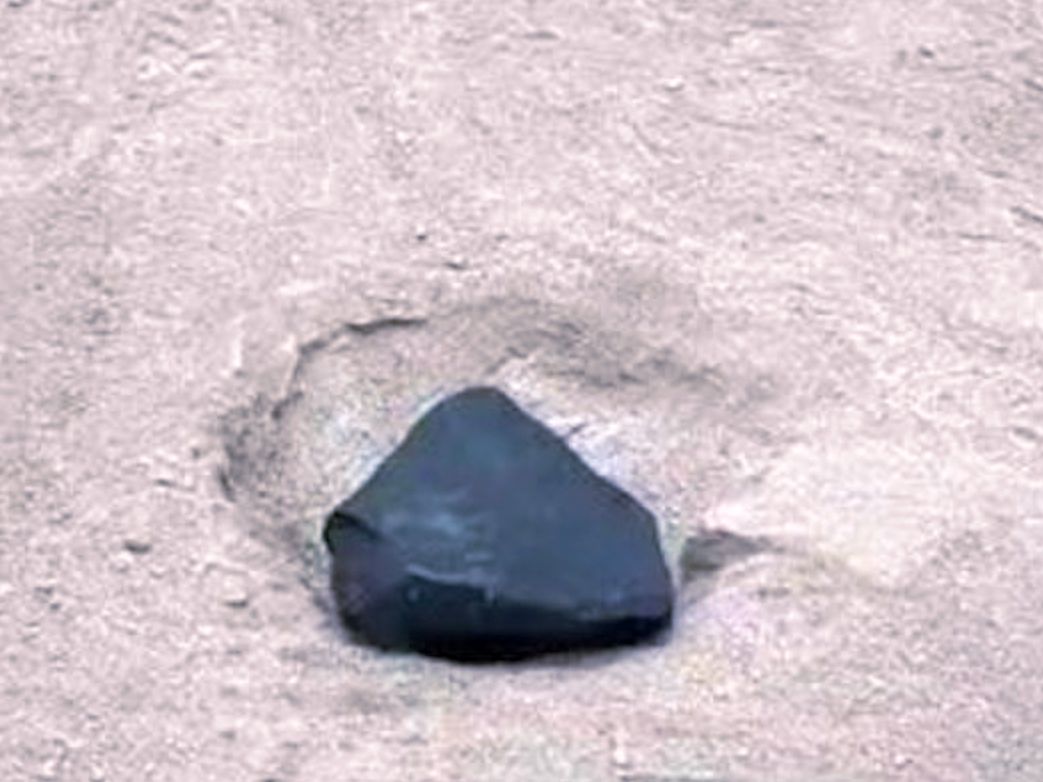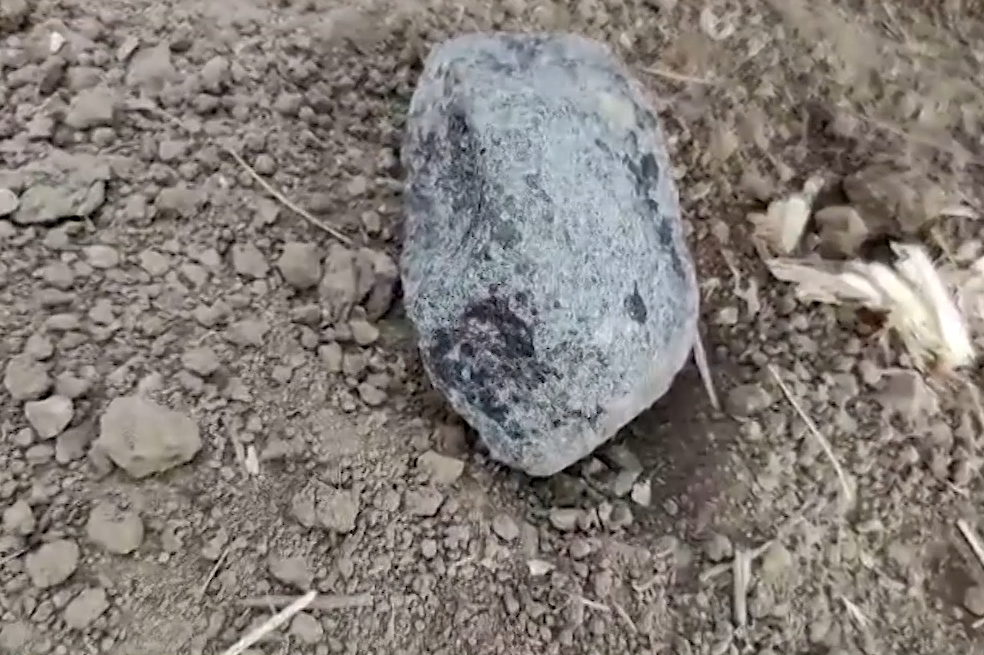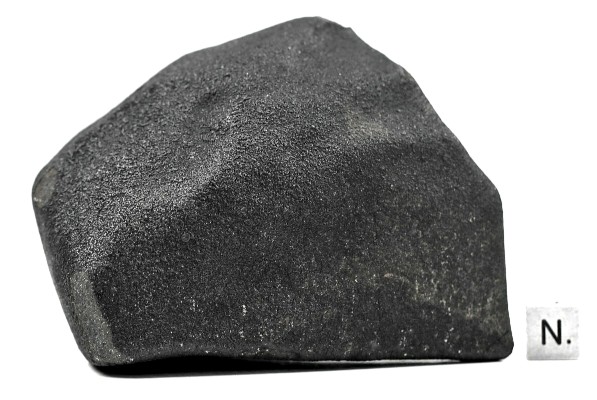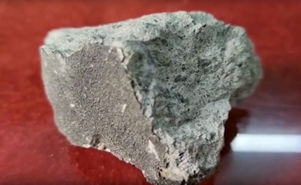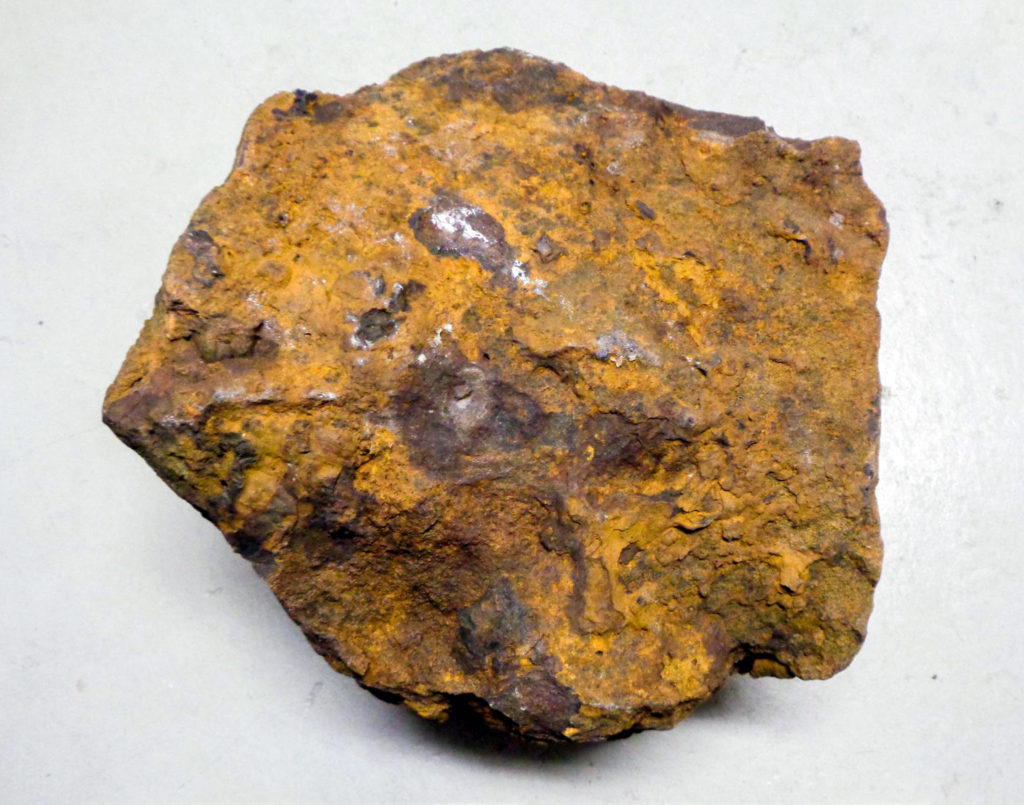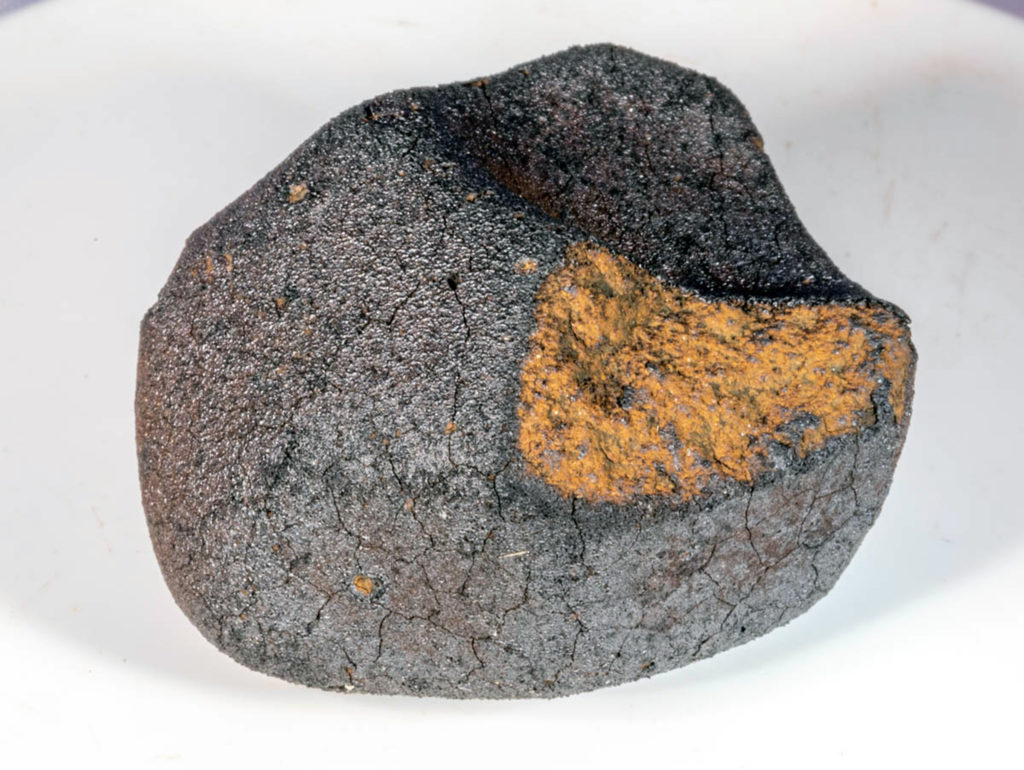Multi-isotope (N, O, Ti, and Cr) study of C1 and CM-like clasts—Probing unsampled C1 materialOPEN ACCESS
Markus Patzek, Yogita Kadlag, Miriam Rüfenacht, Evelyn Füri, Andreas Pack, Addi Bischoff, Harry Becker, Robbin Visser, Timm John, Maria Schönbächler
MAPS, Version of Record online: 02 April 2025
LINK (OPEN ACCESS)
PDF (OPEN ACCESS)
“A multi-element isotope (N, O, Ti, and Cr) study was conducted on C1 and CM-like clasts hosted in achondrites and chondrite breccias to understand the genesis of these chondritic clasts. The mineralogy, O, and N isotopes confirm that CM-like clasts in howardites and polymict eucrites closely resemble CM chondrite-like material. The O and Cr isotope composition of C1 clasts in CR chondrites overlaps with those of CR chondrites, implying either formation in a similar nebular environment or resemblance to local CR material that underwent more extensive in situ alteration. Notably, these clasts are less enriched in 15N than bulk CR chondrites. In contrast, C1 clasts in ureilites are enriched in 15N relative to the Earth’s atmosphere by ~100‰ setting them apart from any other known solar system material. They display elevated 17O and 18O values and lie along the CCAM line. In addition, a C1 clast from an ureilite represents the most 54Cr-enriched and 50Ti-depleted endmember among the carbonaceous chondrites. Altogether, these isotopic characteristics suggest that C1 clasts in ureilites represent material not sampled by any known meteorite group. Overall, this study highlights the presence of primitive, isotopically distinct materials in the early outer solar system, some of which were transported to the inner solar system to the accretion region of the host parent bodies.”

